
Tysers Joins the AUB Group
We’re delighted to announce that Tysers has joined the AUB family following the completion of the acquisition of Tysers by the AUB Group Limited. We’re…
Insurance claims data indicates a spike in burglaries around Autumn and Winter, making it an ideal time to review your home security. As the darker nights draw in, the cover of darkness will bring additional risks for property owners, so we have drawn up our 10 top tips for home security.

A completely dark house is an obvious sign of a vacant property, and an increasing amount of people have invested in timers for their home lights. Timers for lights are useful, but smart security technologies offer significant advantages over the more traditional methods. In cases of targeted burglaries, homes are often scoped out for a few days prior to forcing the entry. If lights in the same rooms switch on at a routine time each night, it doesn’t take long to realise that they are operated by a timer whereas smart technology allows a homeowner to control lighting at home from anywhere in the world. Smart bulbs can be dimmed and switched on and off, lighting up rooms or areas of a house at different times, creating the impression of movement and an occupied property.
Motion detecting floodlights are a useful deterrent and can be connected to a smart phone to notify the homeowner if unusual activity occurs. They can also be linked to security cameras to ensure the early identification of potential intruders.

Leaving valuables and large amounts of cash unsecured puts a home at higher risk of theft and can even invalidate your insurance. Most high value home and contents insurance policies will stipulate that valuables, such as jewellery and high valuable collectibles, are only covered if secured in a safe of an insurer approved standard.
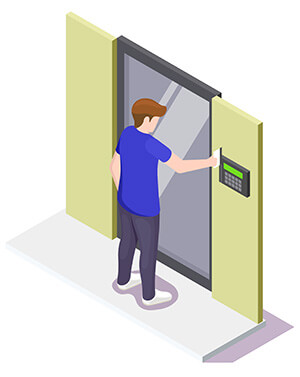
To keep your home secure and be eligible for lower insurance premiums, all external doors and windows in a property should be fitted with British standard locks:
The more levers a lock has the more secure it is. The Five Lever Mortice Deadlock is regarded as the most secure general house lock and is often fitted on wooden external front and back doors. A five lever Mortice Deadlock cannot be fitted on uPVC or composite doors.
Most insurers will insist that your lock conforms to British Standard BS3621, which ensures it has certain security features in the mechanism. To check if a lock conforms look out for the BSI Kitemark™ – usually on the plate set in the door.
A Rim automatic deadlatch (nightlatch) is fitted on the inside of doors, and is often paired with a mortice deadlock for additional security. This type of lock can be locked and unlocked from both sides and locks automatically from the inside once the door is shut.
Fitting both a nightlatch and a Five Lever Mortice Deadlock to wooden external doors improves the security of a home.
This type of lock is used mostly on external front and back doors. This lock can be found on Composite, UPVC, French Windows and Patio Doors. When the lock is used multiple bolts will engage into the door frame, usually with a minimum of three points and sometimes four or five.
Most often, these locks are to composite and UPVC doors and used with Multipoint locking systems. A Euro cylinder lock fitted should be SS312 diamond approved or TS007 3 Star.
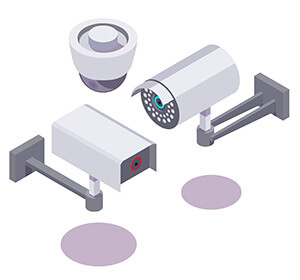
In addition to building alarm systems, perimeter fencing and security gates can add another layer of protection to a property and form the first line of defence before a would-be burglar can gain access to your home. There are many options for perimeter fencing and gates which provide additional security and fit the aesthetics of a home. Additional outside security, including CCTV systems and night vision cameras, intruder alarms, security lights, electronic barriers and sophisticated access control systems, should also be considered.
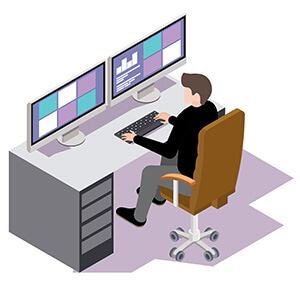
There are many kinds of alarm systems available, but for those with high value properties and assets a monitored alarm system offers the best protection for your home.
An alarm transmission system (ATS) product is used to transmit alarm signals to a continuously manned alarm receiving centre (ARC).
The installers of such systems conform to police rules and applicable standards which allows them to request a police unique reference number (URN). The award of a URN allows the ARC to directly contact the police force’s control room and request an immediate response to alarm activations, justifying police attendance.

Burglars who target high-net-worth properties are often privy to inside information such as the whereabouts of valuables in the home. Avoid sharing these details with visitors to your home unless absolutely necessary, even if you feel they are likely to be trustworthy.
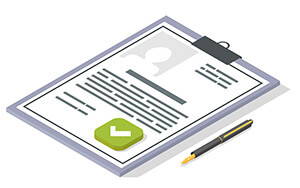
For those hiring household staff such as cleans, au pairs and nannies, there is a risk that some employees may take advantage of access to your money and valuables. Ensure anyone you employ who has access to your home is hired through reputable agencies and vetted where possible.

High value cars are at high risk of theft, and most insurers will only offer their best premiums to those who take appropriate steps to secure their vehicles through, for example, secure storage and anti-theft systems. Many insurers will also stipulate that vehicles such as supercars and classic cars should always be stored overnight in a securely locked garage.
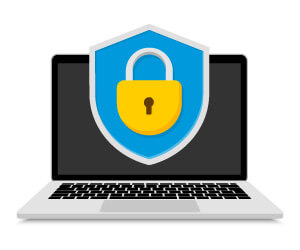
In this digital age, cyber criminals can prove to be as serious and damaging to your home and assets as a physical break-in. All computers and devices in a home should have up-to date security software, strong passwords and any sensitive data should be encrypted. Smart devices used in a home can be vulnerable to hackers and compromise security.

Even if the insurance recommendations for home alarms, security cameras and secure locks have been followed, your home could still be vulnerable. Our list of 10 top tips for home security aims to provide a starting point for reviewing your home security, however a confidential security survey carried out by a trusted provider can also highlight other areas where security could be improved for extra protection.
To make an enquiry about your existing cover, or get started with a new policy you can speak to your Tysers Broker or contact us through the link below:
